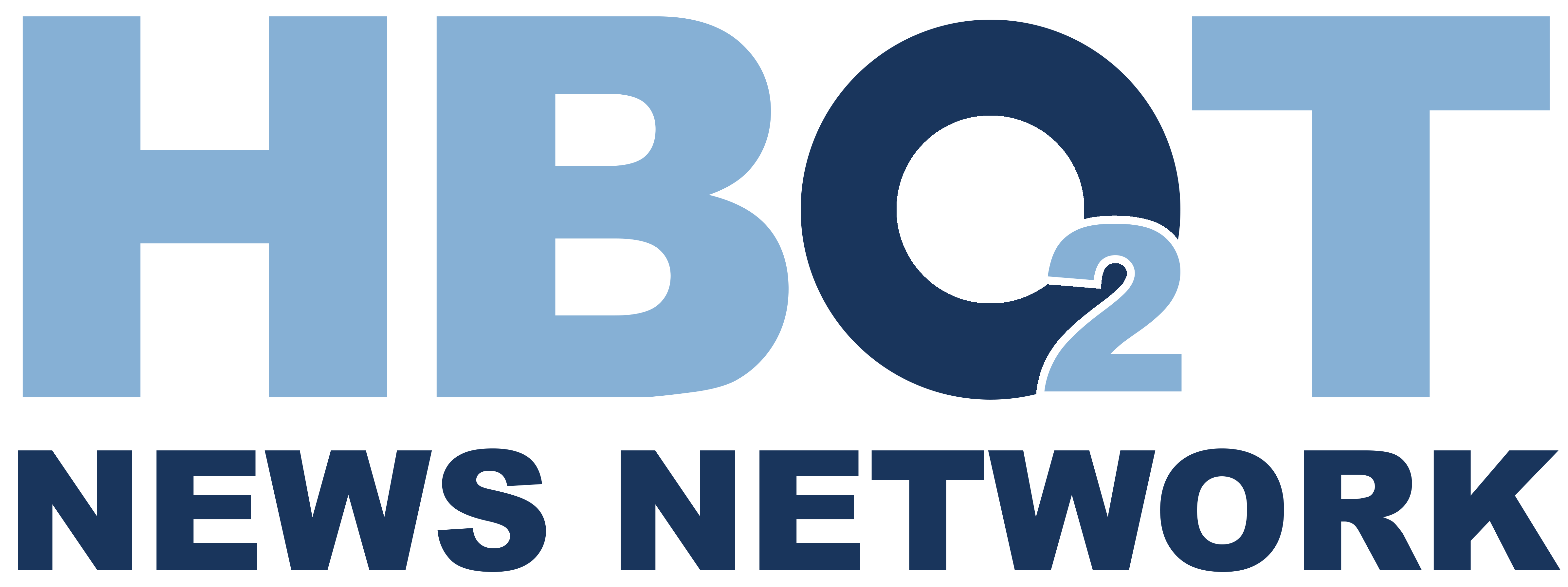Abstract:
Demand from parents has made hyperbaric oxygenation (HO) inhalation the most popular and rapid growing therapy for children with cerebral palsy (CP). To review peer reviewed articles of HO in children with CP to determine its efficacy and risks, literature was searched on-line using PubMed indexed for MEDLINE (1996-2003) for articles under CP and HO headings. We found 16 references: 5 articles (1 uncontrolled pilot study, 2 from a single controlled study, 1 case report of complications and 1 revision) and 11 letters to the editor. The control study showed significant improvements in the middle, at the end and 3 months after 40 treatments with OH (O2=100%/1.75 AA) and placebo (O2=21%/1.3 AA) in the gross motor function measure, (2.9% vs 3%), self-control, auditory attention and visual working memory. There were no significant differences between the groups. Side effects included barometric otitis media (48.2% and 22.2% in the OH and placebo groups). The authors and the Advisory Scientific Committee of the American Academy of Cerebral Palsy and Developmental Medicine agreed that the positive results in both groups were due to a participation effect. The Southern Africa Undersea and Hyperbaric Association discouraged the ongoing, widespread, and informal use of HO for children with CP in South Africa based on the results of this randomized controlled study. There are no scientific evidences for the use of HO in children with CP. Risks include barometric otitis media.
Papazian, Alfonso, , , , , , , (). [Hyperbaric oxygen treatment for children with cerebral palsy]. Revista de neurologia, ;37(4):359-64. https://www.ncbi.nlm.nih.gov/pubmed/14533113
